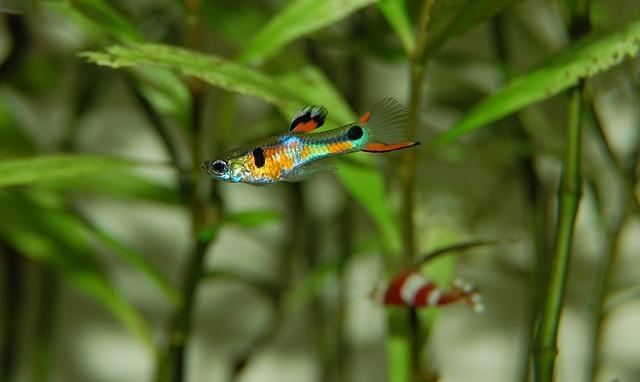Want to Keep a Pet Fish? Here's What You Need to Know
Fish will not accompany you on walks or cuddle with you on the sofa, but they are really fascinating creatures to keep. They are more entertaining and interactive than you think. It feels great to see them rising to the surface to greet you during feeding time. Pet fish is a good gift for your child.

Fish are easy to keep, and they will train the children about being responsible. From remembering to clean the tank to feeding them, fish require to be taken care of to keep it alive. Besides a healthy aquarium, there are other things you should do to ensure the survival of your pet.
Pick and Maintain a Healthy Aquarium
You should acquire the habitat before bringing your pet home. The ideal size of the aquarium depends on the type and number of fish you intend to keep. The best wall mounted aquariums are beautiful, and they communicate a sense of care and style. Though they are not suitable for holding a large community of fish, they are beautiful and durable structures. Fish tank sizes range from desktop aquariums to large aquariums appropriate for several types of fish.
Overcrowding can lead to excess waste, reduced oxygen levels, and in extreme cases, fatalities. The size of your aquarium will dictate the number of fish you get to keep.
1. Set Up Optimal Conditions
Different types of fish require different water conditions. A proper and clean environment is mandatory for the survival of any aquatic life. Here are some golden tips for ensuring a safe environment for your pet.
Stabilize Temperatures
Changes in water temperatures in the aquarium can wreak havoc on fish. Therefore, you should not place your aquarium near air vents, heating vents, and near a window that gets direct sunlight. An aquatic heater is used to regulate the temperatures. Freshwater fish survive at a constant temperature of 720F to 820F. However, the temperature depends on the species.
Condition the Water
Tap water has contents that need to be balanced to support aquatic life. You can use a dechlorinating agent and a biological supplement to condition the water.
Maintain pH Levels
Tropical freshwater fish survive at a pH of 6.8 and 7.5. Invest in a pH test kit to check the acidity or alkalinity of the aquarium. The pH is also dependent on the species. Check the pH regularly as fluctuations can cause stress on the fish.
2. Prepare for Aquarium Acclimation
Fish can be sensitive to environmental changes. Therefore ask the store attendant to give you details of the water parameters for ammonia, nitrite, and pH levels of the fish you get. Test the aquarium at home to see if the parameters match.

Float the container with the fish in the aquarium for at least 20 minutes, but not longer than one hour. This process allows for temperature acclimation. Open the bag and add water slowly until the bag is full. This allows the fish to acclimate to their new environment. Then release the fish into the aquarium.
After bringing your fish home, observe them regularly to note changes in behavior, appearance, and appetite. This way, you can notice when something is amiss and raise the alarm.
